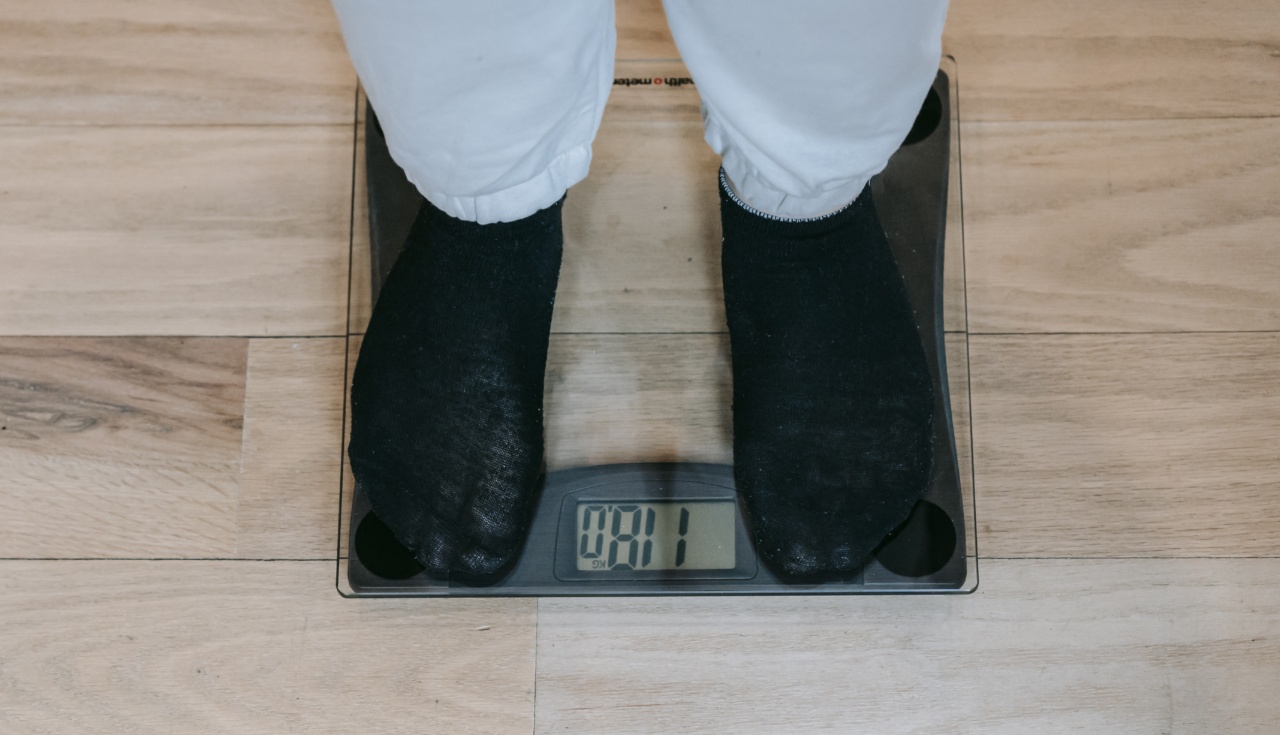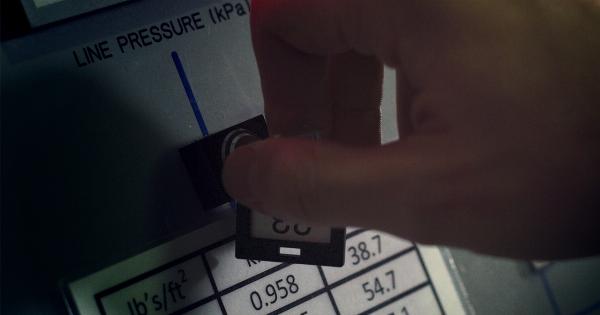Weight loss is a complex process that requires a lot of planning and effort. One of the most important aspects of weight loss is calorie distribution.
Calorie distribution refers to the proportion of calories from different macronutrients that you consume on a daily basis. A well-balanced calorie distribution can help you lose weight effectively and improve your overall health. In this ultimate guide, we will take a closer look at the different macronutrients and how to distribute your calories for optimal weight loss.
What are macronutrients?
Macronutrients are the three major nutrients that the body needs in large quantities: carbohydrates, proteins and fats. Each macronutrient has a specific role to play in the body.
Carbohydrates
Carbohydrates are the body’s main source of energy. They are found in foods like fruits, vegetables, grains, and dairy products. Carbohydrates are broken down into glucose, which is used by the body for energy.
When it comes to calorie distribution for weight loss, carbohydrates should make up 40-50% of your daily calorie intake.
However, it is important to choose complex carbohydrates (such as whole grains and vegetables) over simple carbohydrates (such as processed foods and sweets). Complex carbohydrates provide more sustained energy and are better for overall health.
Proteins
Proteins are essential for building and repairing tissues in the body, such as muscles, skin, and bones. They are found in foods like meat, fish, eggs, beans, and nuts.
For weight loss, proteins should make up 20-30% of your daily calorie intake. Protein helps to keep you feeling full for longer periods of time, which can help you eat less overall.
Fats
Fats are an essential nutrient that the body needs for many functions, such as absorbing vitamins and producing hormones. They are found in foods like oils, nuts, seeds, and dairy products.
Fats should make up 20-30% of your daily calorie intake. However, it is important to choose healthy fats (such as monounsaturated and polyunsaturated fats) over unhealthy fats (such as trans fats and saturated fats).
Healthy fats can help to lower cholesterol levels and reduce the risk of heart disease.
How to Distribute Your Calories for Weight Loss
Now that we know about the different macronutrients and their roles in the body, let’s talk about how to distribute your calories for weight loss.
The first step is to determine your daily calorie needs. This can be done using an online calculator or by consulting with a healthcare professional.
Once you know your daily calorie needs, you can begin to distribute your calories among the different macronutrients.
For example, if your daily calorie needs are 1500 calories, your calorie distribution might look something like this:.
- Carbohydrates: 750 calories (50%)
- Proteins: 375 calories (25%)
- Fats: 375 calories (25%)
It is important to note that calorie distribution may vary depending on individual needs and preferences. Some people may benefit from a higher protein intake, while others may benefit from a higher fat intake.
It is important to experiment and find what works best for you.
Other Factors to Consider
Calorie distribution is just one aspect of weight loss. There are many other factors to consider, such as portion control, meal timing, and overall food quality. Here are a few tips to keep in mind:.
- Avoid processed foods and focus on whole, nutrient-dense foods.
- Practice portion control by measuring your food and using smaller plates.
- Eat at regular intervals throughout the day to prevent overeating.
- Stay hydrated by drinking plenty of water throughout the day.
- Get regular exercise to support weight loss and overall health.
Conclusion
Calorie distribution is an important aspect of weight loss. By balancing your intake of carbohydrates, proteins, and fats, you can improve your overall health and achieve your weight loss goals.
Remember to also focus on food quality, portion control, and regular exercise for optimal results.

























